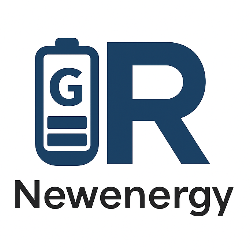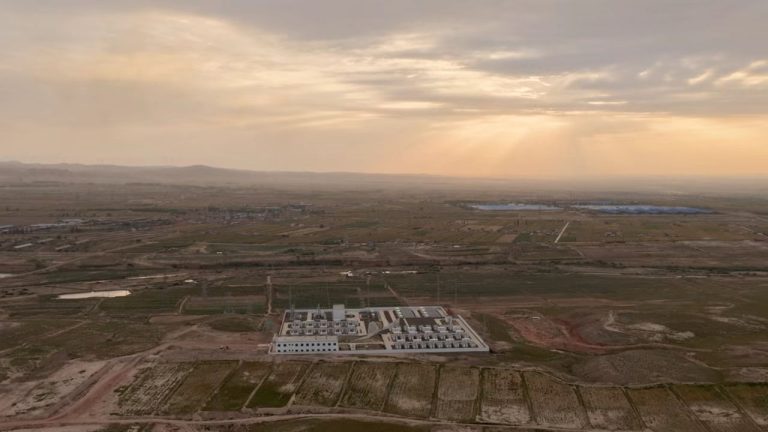In the energy storage and renewable energy industry, lithium has become one of the most discussed raw materials. As the backbone of lithium-ion batteries, lithium carbonate and lithium hydroxide directly influence the cost of battery energy storage systems (BESS).
But one of the biggest challenges for suppliers and integrators is explaining lithium price fluctuations to clients. Buyers often ask:
- “Why did the battery system price increase this quarter?”
- “Will lithium prices come down soon?”
- “How can I plan my project budget if material costs keep changing?”
Clear, data-backed explanations not only build trust with clients, but also position your company as a knowledgeable and reliable partner.
This article explores why lithium prices fluctuate, how to explain them simply, and what strategies help clients make informed decisions.
Why Lithium Prices Fluctuate
Before explaining to clients, suppliers must understand the main drivers:
- Global Demand Surge
- EV production and grid-scale storage compete for lithium supply.
- Even slight increases in demand can push prices higher.
- Limited Supply Growth
- Lithium mining and refining projects take years to develop.
- Supply often lags behind booming demand.
- Geopolitical and Trade Risks
- Major lithium reserves are concentrated in countries like Chile, Australia, and China.
- Export policies, trade restrictions, or environmental rules can disrupt supply.
- Processing Bottlenecks
- Converting lithium ore into battery-grade carbonate or hydroxide requires specialized facilities.
- Processing capacity constraints often create price spikes.
- Speculation and Market Psychology
- Lithium futures and market sentiment sometimes amplify volatility.
How Price Fluctuations Affect Clients
- System Pricing: A 20–30% increase in lithium costs can raise the overall battery pack cost significantly.
- Project Budgeting: Delayed projects may see unexpected cost hikes if materials spike.
- ROI Calculations: Changes in system CapEx shift the payback timeline.
- Technology Choice: LFP (Lithium Iron Phosphate) batteries may be less exposed to nickel/cobalt volatility, but still rely on lithium.
Explaining these impacts in practical, buyer-focused terms helps clients grasp the importance of timing and risk management.
How to Explain Lithium Price Changes Simply
Clients are often decision-makers, not commodity traders. Use simple, relatable language.
1. Use Everyday Comparisons
“Lithium is like oil in the energy transition. When demand spikes faster than supply, prices rise. Just as oil markets respond to global demand, lithium reacts to EV and storage markets.”
2. Show Historical Trends
Graphs of lithium carbonate prices (e.g., 2020–2024) help clients visualize volatility.
“As you can see, lithium prices quadrupled between 2020 and 2022 before stabilizing. This shows why suppliers adjust system pricing regularly.”
3. Explain Supply Chain Steps
Break down simply: mining → refining → battery-grade material → cell production. Each step adds costs and risks.
4. Connect to Buyer Concerns
Instead of just saying “lithium prices are high,” explain:
- “This adds about 8–10% to system cost.”
- “Your ROI shifts from 4.5 years to 5 years.”
Clients appreciate context, not just numbers.
What Clients Want to Know
When explaining lithium price changes, clients usually care about three things:
- Will prices keep rising?
- Be transparent: no one can predict perfectly.
- Share market analysis (e.g., new mines in Argentina or Australia may stabilize supply in 2–3 years).
- Can we lock in better prices?
- Explain contract options, e.g., fixed-price agreements with suppliers.
- What are the alternatives?
- LFP vs. NMC battery chemistries.
- Considering sodium-ion or flow batteries for long-term strategies.
Strategies for Suppliers to Build Client Trust
1. Share Market Updates Regularly
Post on LinkedIn or send newsletters:
- Lithium carbonate spot prices
- New mining project announcements
- EV and renewable storage demand forecasts
2. Provide Transparent Cost Breakdowns
“In our system, lithium accounts for ~35% of cell cost. When lithium rises by $5,000/ton, total system cost increases by ~3%.”
This makes pricing changes understandable and justified.
3. Offer Timing Advice
If clients are considering projects, explain market timing:
- “Buying now locks in current prices; waiting six months may expose you to further volatility.”
4. Highlight Your Risk Management Practices
Show clients you are proactive:
- Multi-supplier sourcing
- Long-term raw material contracts
- Diversified chemistry options
This reassures buyers that you are not simply passing on costs, but actively managing risks.
Example: How to Frame the Conversation
Instead of:
❌ “Prices are up, so our systems cost more.”
Say:
✅ “Lithium prices increased by 25% this year due to EV demand outpacing supply. For your 10MWh project, this translates to about a 4% system cost adjustment. We are mitigating risk by sourcing from multiple suppliers and exploring long-term contracts. This ensures stability for your project ROI.”
This approach combines data + context + reassurance.
When to Bring Up Lithium Prices with Clients
- Early in Negotiations: Set expectations before the quote stage.
- During Proposal Reviews: Explain cost components transparently.
- After Contract Signing: Keep buyers updated to build long-term trust.
Proactive communication avoids surprises and strengthens relationships.
In the BESS and renewable energy industry, lithium prices will continue to fluctuate as demand accelerates worldwide. Buyers do not expect suppliers to control global markets—but they do expect clear explanations, transparency, and proactive strategies.
By explaining lithium price changes in simple, client-focused terms, suppliers can turn a potential obstacle into an opportunity to build trust.
When clients see that you understand both the technical and market realities, they are more likely to view your company as a long-term partner, not just a vendor.









